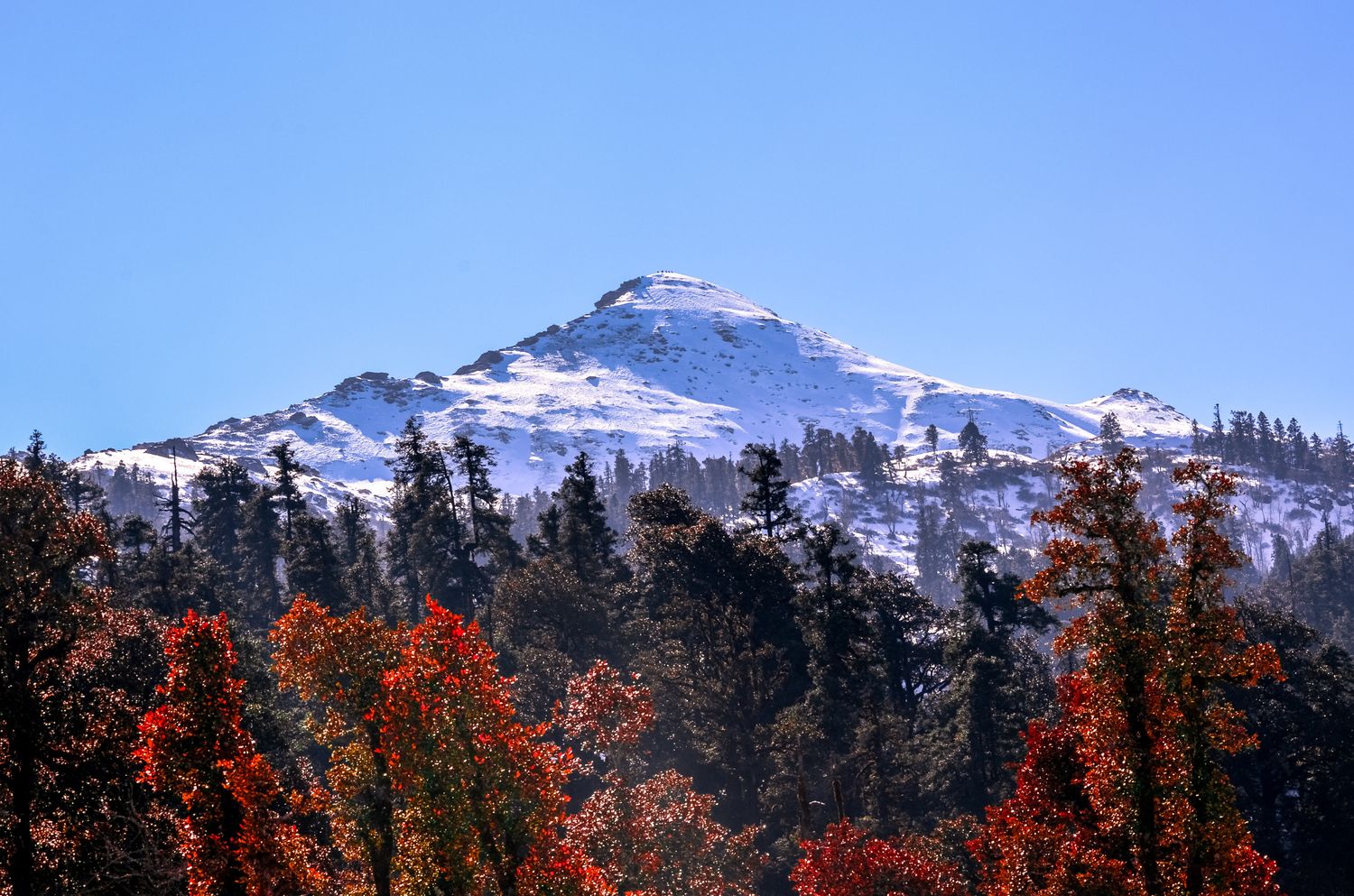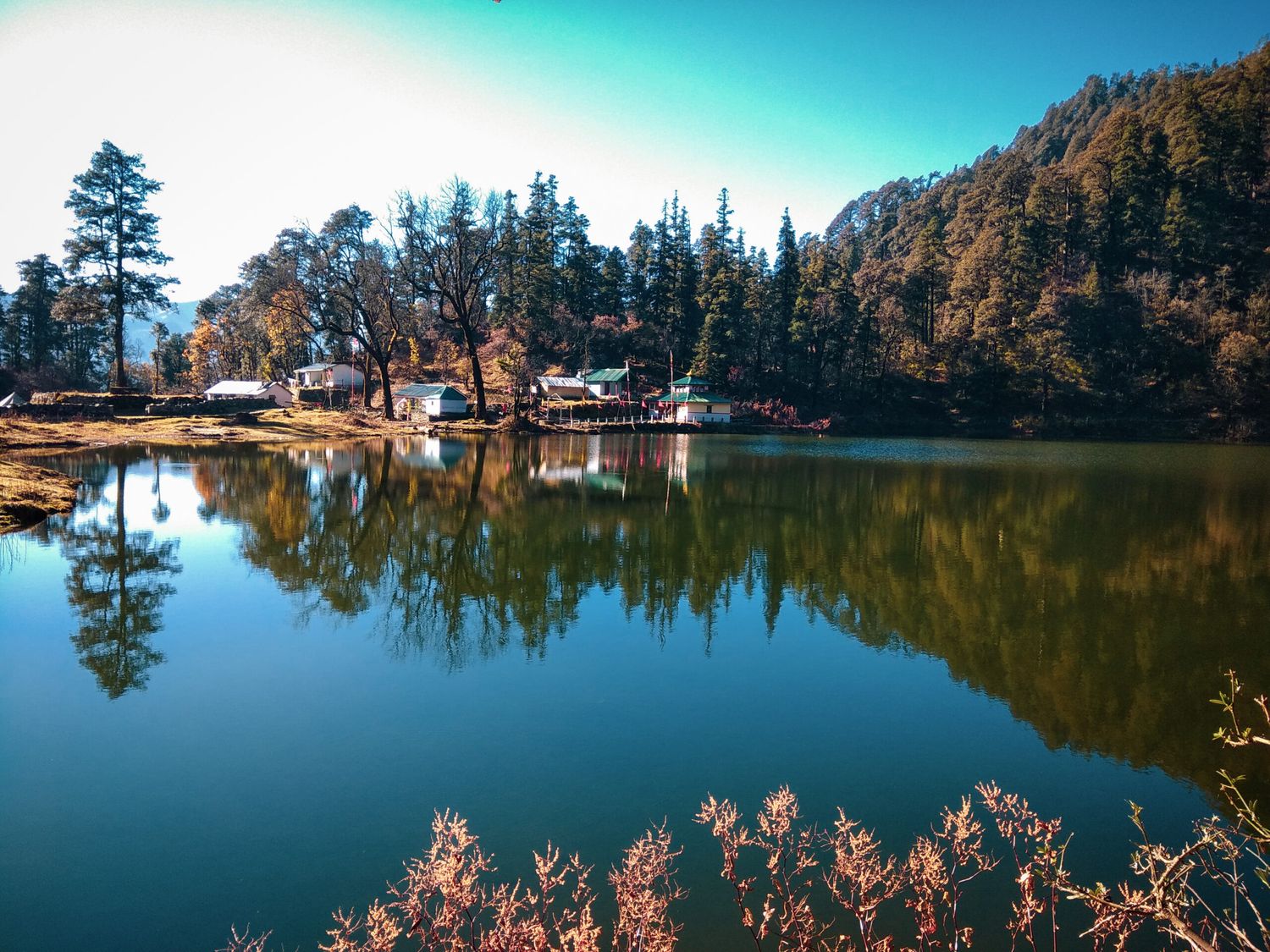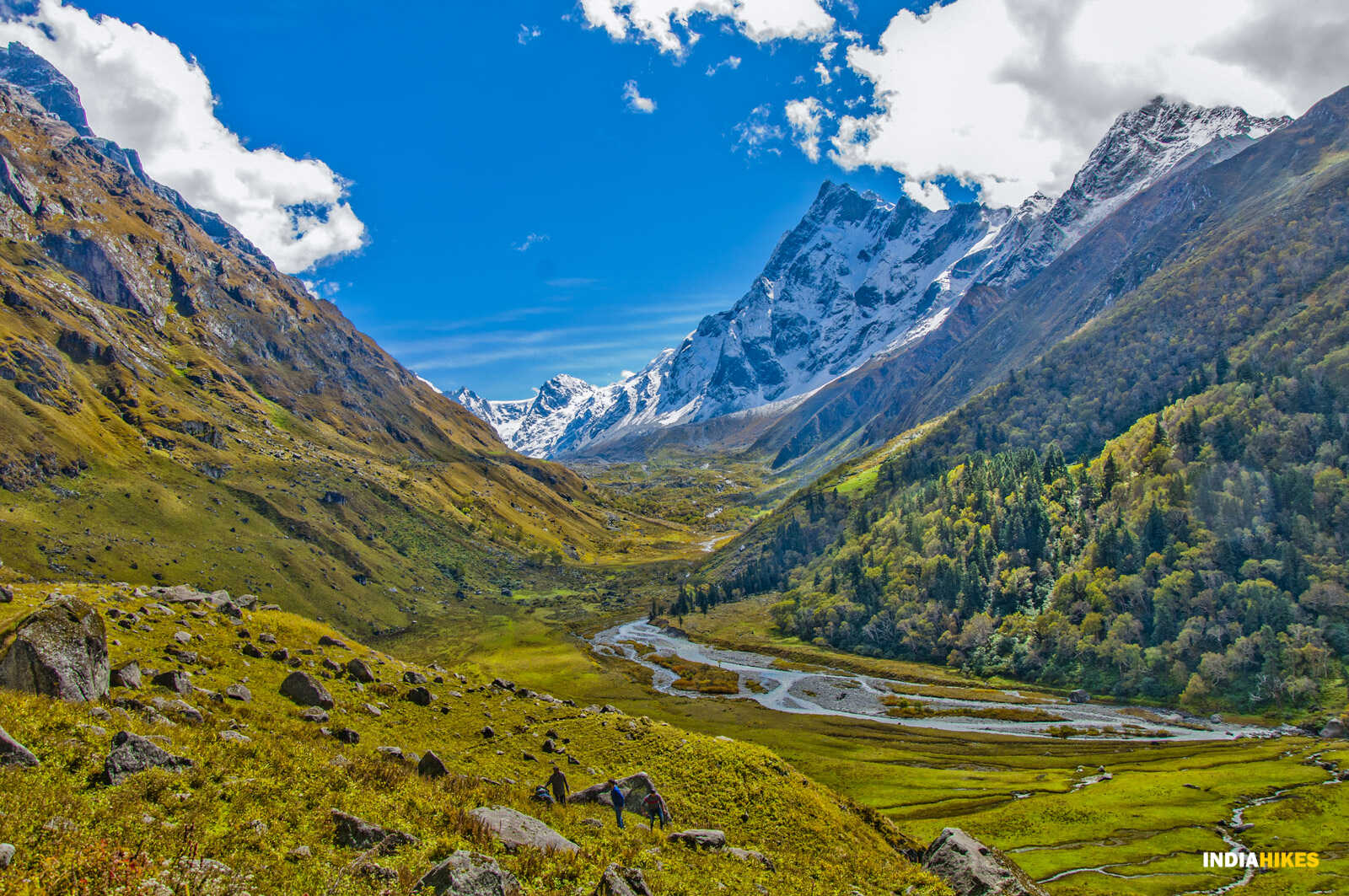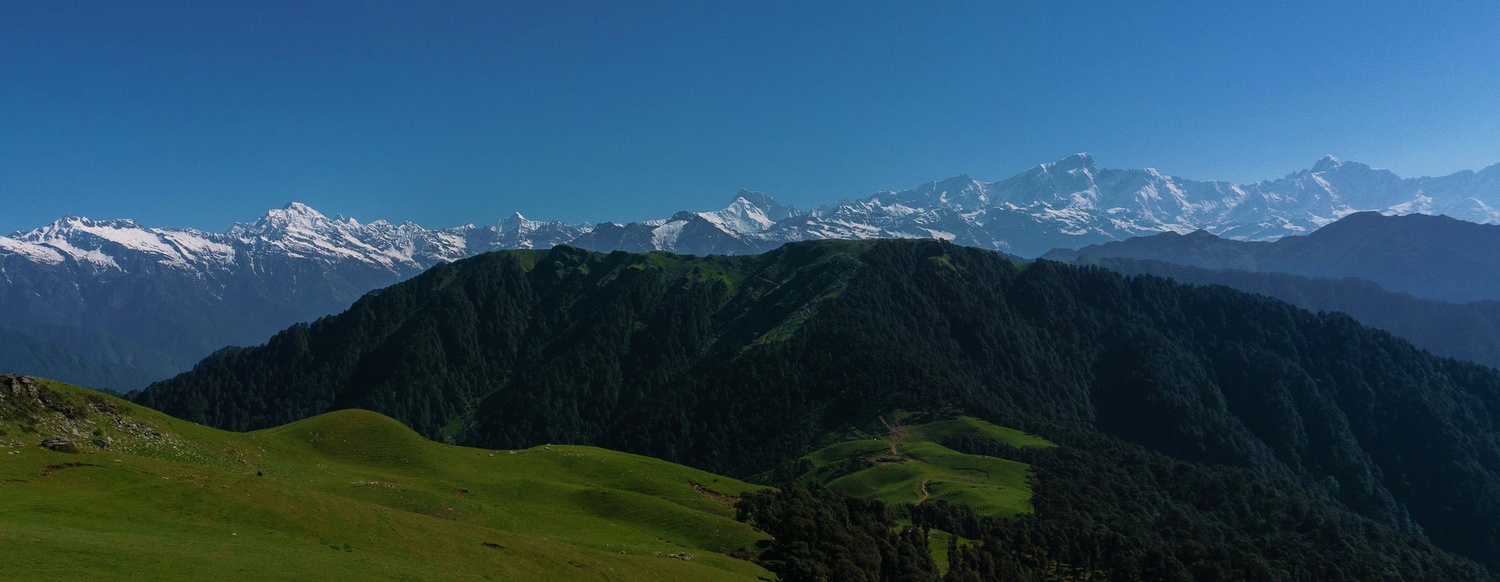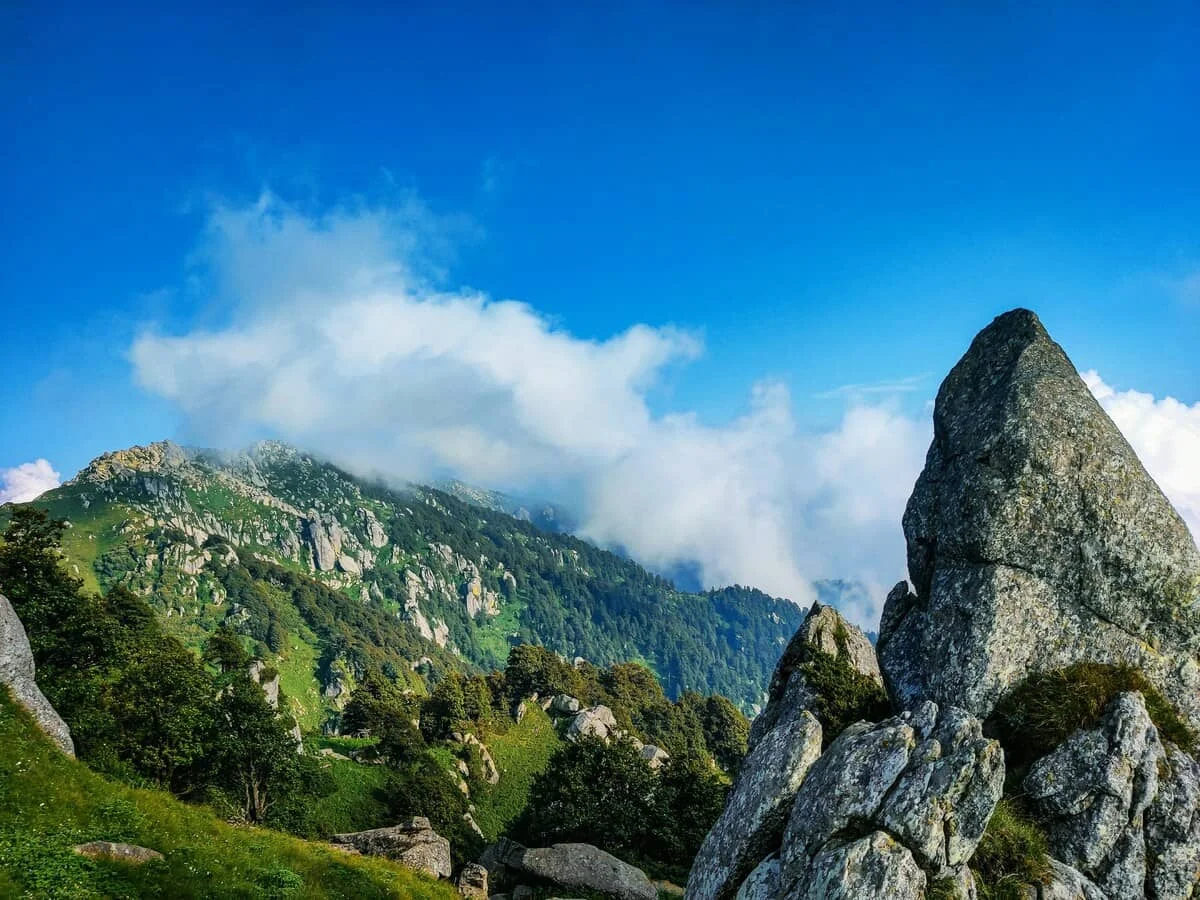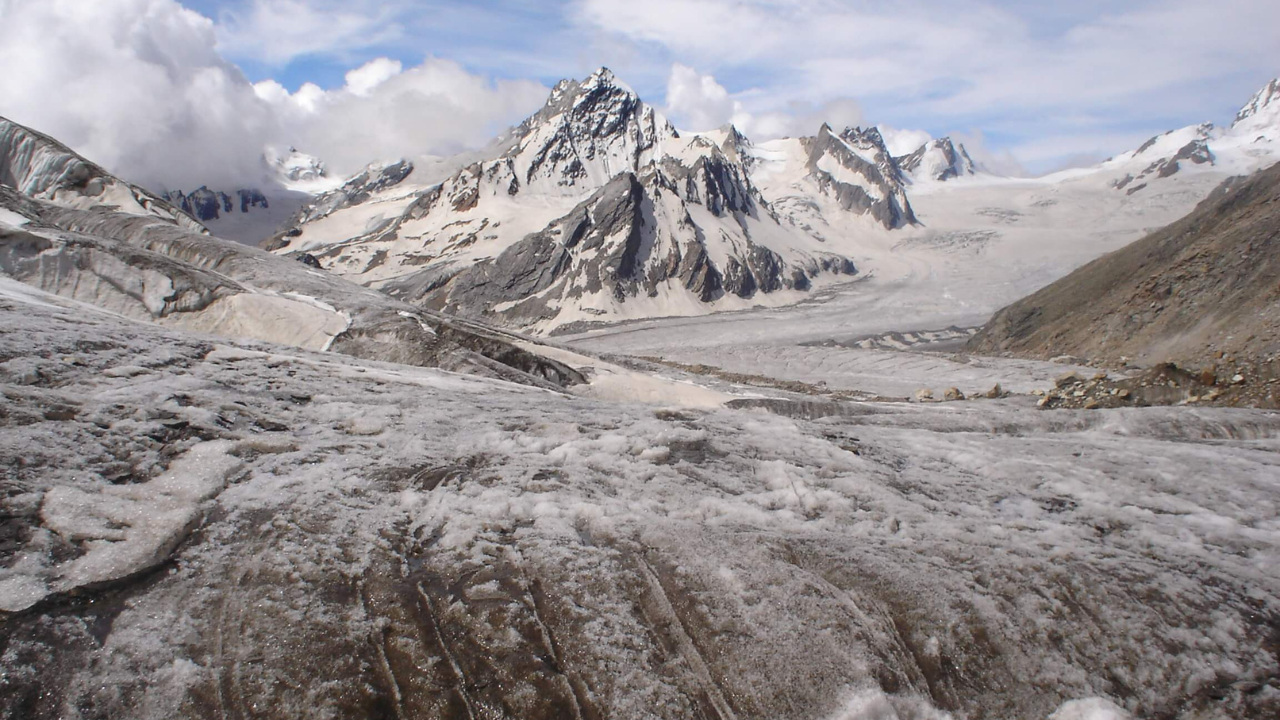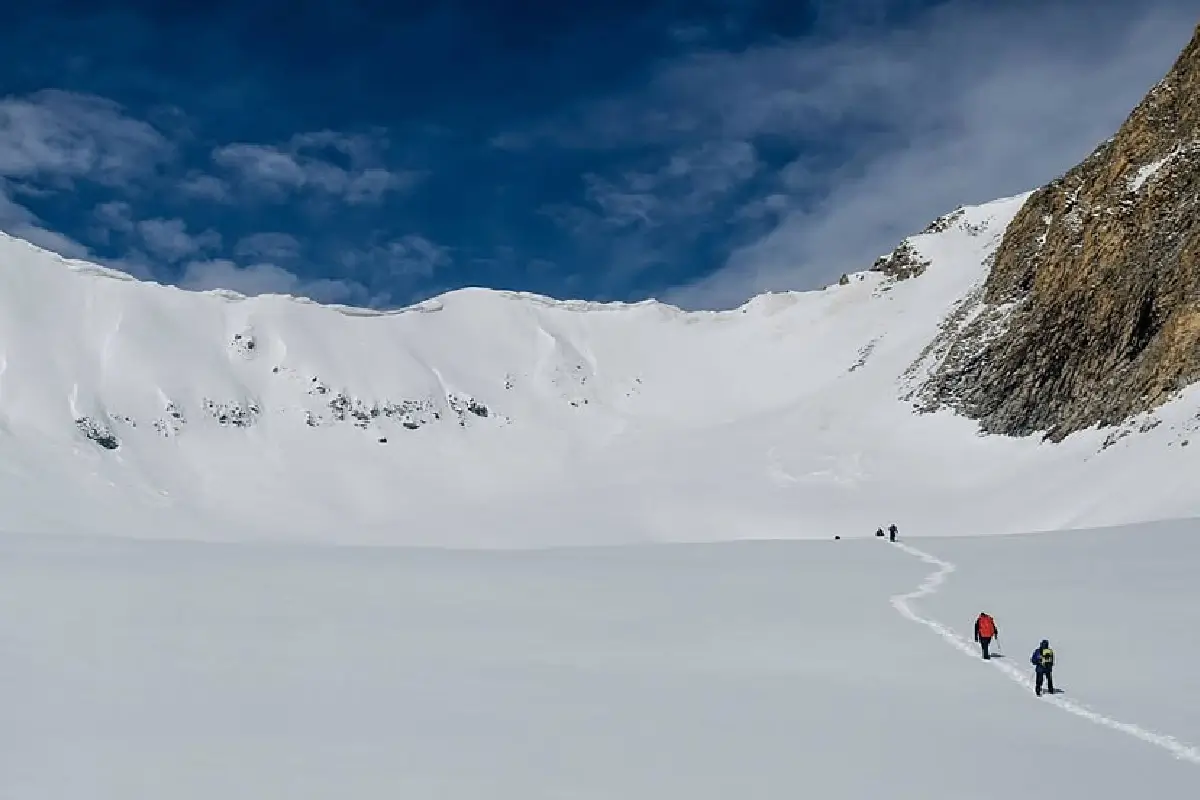Nag Tibba Trek: A Weekend Escape to the Serpent’s Peak
The Nag Tibba Trek is the perfect weekend trek for those looking to experience snow-clad peaks, dense forests, and camping under the stars — all within 48 hours. Known as the ‘Serpent’s Peak,’ Nag Tibba is the highest peak in the lesser Himalayas of the Garhwal region and offers panoramic views of Bandarpunch, Swargarohini, Kala Nag, and Srikanth peaks from the summit.
A Beginner’s Delight
With its short distance and moderate incline, Nag Tibba is ideal for beginners, weekend warriors, and families. No prior trekking experience is needed, making it one of the most accessible treks near Delhi and Dehradun.
Magical Forest Trails
The trail winds through oak and rhododendron forests, bursting with colors in spring and blanketed in snow during winter. Birdsong, gentle streams, and the fresh scent of pine accompany you throughout.
Summit Sunrise and Himalayan Vistas
The highlight of the trek is reaching the Nag Tibba summit early morning. The golden light on the snowy Himalayan peaks is mesmerizing, and the 360° view makes the early wake-up worth it.
Camping Under the Stars
Campsites along the route offer an unforgettable experience, with clear skies, bonfires, and serene mountain silence at night.















